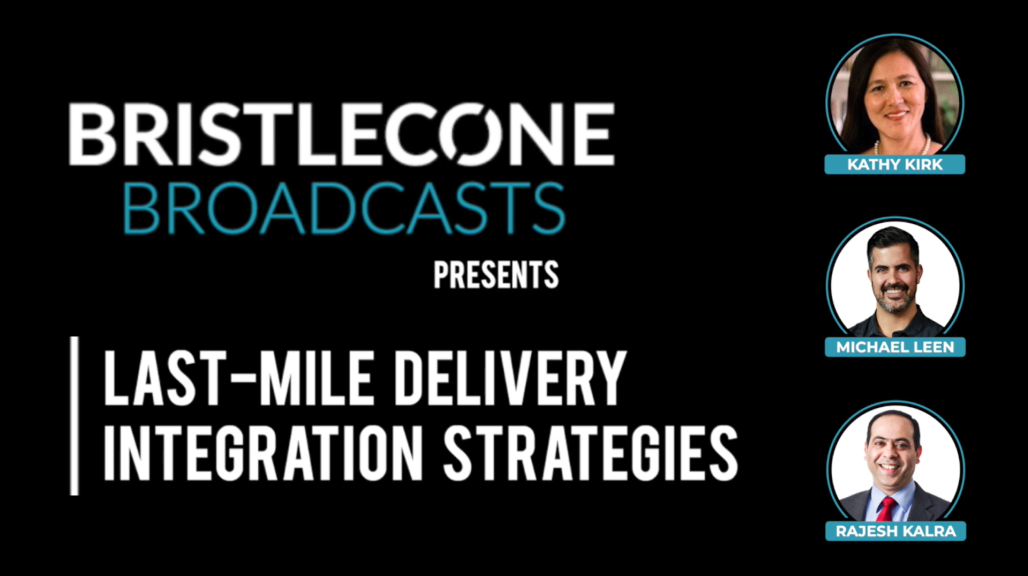Collaboration between supplier networks and systems isn’t new for supply chain players.
For decades, electronic data interchange (EDI) has been the main player when it comes to handling the transfer of data throughout the supply chain. But in recent years, the application programming interface (API) and the ability to create connected API ecosystems has become a significant driving force in the digital transformation of the supply chain.
Last-mile delivery is a proving ground for CPGs. Those that get it right are pulling ahead.
Integration of last-mile delivery technology stacks is the focus of this broadcast.
What is an API Ecosystem?
In simple terms, an API essentially functions as a middleman. Most supply chains are powered by a diverse and disparate set of applications and systems, which oftentimes don’t integrate seamlessly with each other. APIs resolve that problem by facilitating integration between those programs or applications. These connections create an API ecosystem.
API vs. EDI
API and EDI are similar in nature and are both widely used in supply chain management, but there are some differences. EDIs have been in use since the 1970s and, being an older system, the way they handle the transfer of data is different from APIs. EDI is capable of transferring large amounts of data in a secure way through a file transfer server, with access only available to designated users and options to track usage. However, EDI transfers data in a slower manner than APIs. APIs allow the real-time exchange of data by connecting directly to systems, improving visibility and agility. They also require fewer operational resources, support many encryption options and allow for greater scalability.
API Ecosystems and the Supply Chain
Visibility and collaboration have long been posing significant challenges for supply chain professionals and the API ecosystem provides the building blocks to help companies move past those obstacles. With their versatility, APIs can be a powerful tool in creating a more resilient supply chain that makes it easier to identify disruptions, manage risks, eliminate inefficiencies and make informed planning decisions.
Creating an API ecosystem takes careful planning to find the right solutions, develop an overall strategy and ensure proper support after implementation. Bristlecone offers digital consulting services and integration and automation solutions that can help see you through every step of the process – from the initial discovery phase to finding solutions that are tailored to your specific needs to providing the integration expertise necessary for you to realize the incredible power of a connected enterprise.



